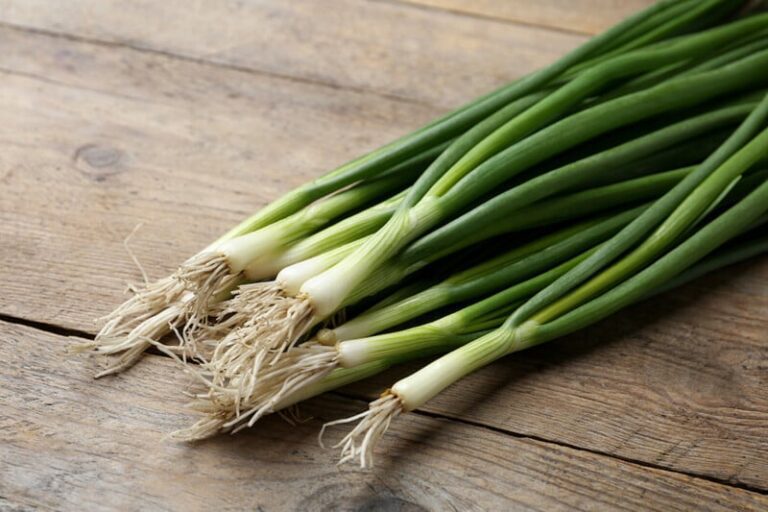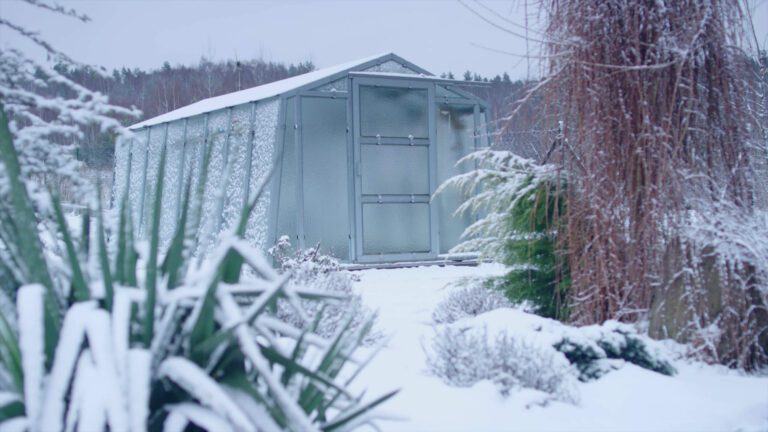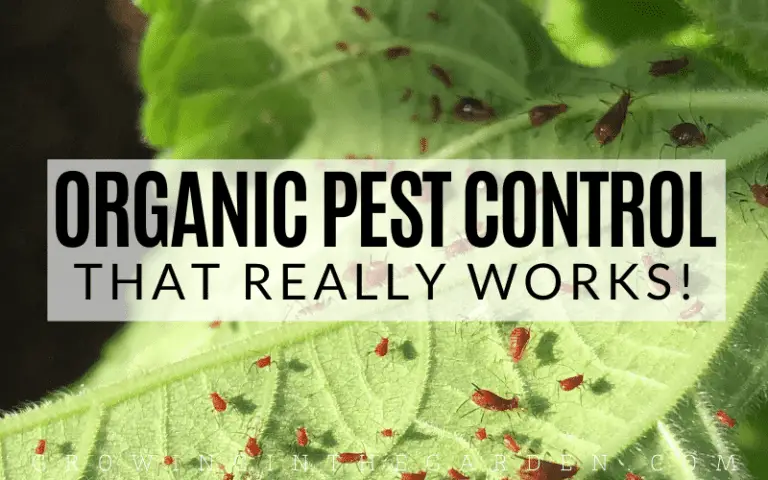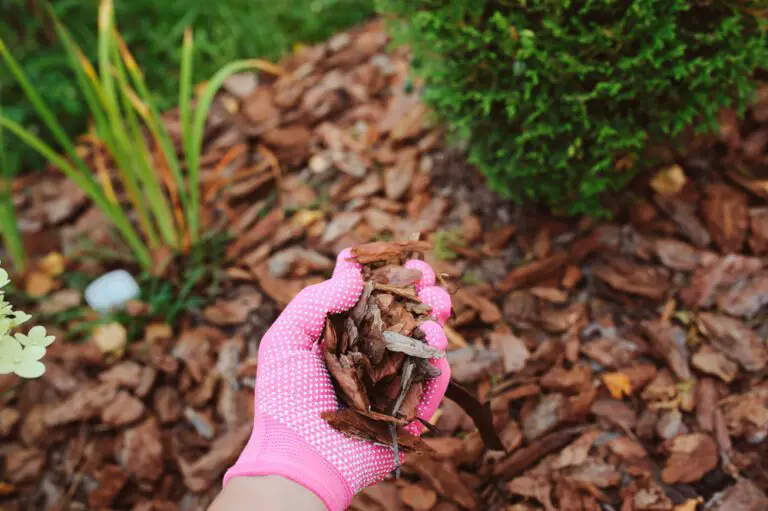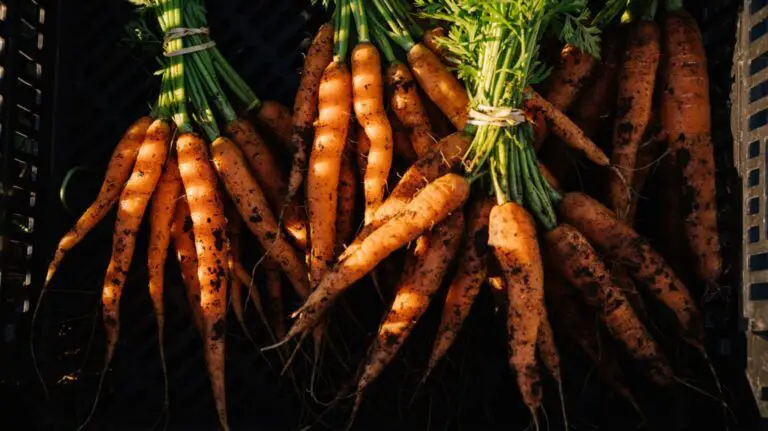Vapor Pressure Deficit (VPD) and VPD Chart: What They Are, How They Work, and How to Use Them for Your Plants
Table of Contents
Understanding the Relationship Between Temperature and Humidity
Temperature and humidity are two crucial factors that influence the well-being of plants in any growing environment. These variables are inextricably linked, and understanding their relationship is essential for creating optimal conditions for plant growth.
Temperature refers to the measure of heat energy in the air, while humidity refers to the amount of moisture present in the atmosphere. As temperature increases, air can hold more water vapor, leading to higher humidity levels. Conversely, as temperature decreases, the air’s capacity to retain moisture decreases, resulting in lower humidity levels.
The relationship between temperature and humidity is significant because it directly affects the rate of water loss through plant transpiration. Higher temperatures and low humidity levels can cause plants to lose moisture more rapidly, leading to excessive water stress. On the other hand, cooler temperatures and high humidity can inhibit efficient transpiration, potentially leading to issues such as fungal diseases.

Therefore, finding the right balance between temperature and humidity is crucial for promoting healthy plant growth. By understanding this relationship, gardeners can make informed decisions on how to adjust environmental conditions to create an optimal growing environment for their plants.
The Importance of Vapor Pressure in Plant Growth
Vapor pressure is a fundamental factor that significantly influences the growth and development of plants. It refers to the partial pressure exerted by water vapor in the atmosphere and plays a vital role in various physiological processes within plants. Understanding the importance of vapor pressure in plant growth is crucial for gardening enthusiasts and professionals alike.
One of the primary functions of vapor pressure is to regulate the movement of water within plants through a process known as transpiration. Transpiration is the loss of water vapor from plant leaves, and it is necessary for nutrient uptake, photosynthesis, and overall plant health. Vapor pressure helps create a pressure gradient that drives the movement of water from the roots to the leaves. This process ensures the delivery of nutrients and water throughout the plant, enabling it to carry out essential metabolic functions and maintain its structure and growth.
In addition to facilitating transpiration, vapor pressure also affects stomatal conductance, which is the opening and closing of tiny pores called stomata on the surface of plant leaves. Stomata control the exchange of gases between the plant and the atmosphere, including the intake of carbon dioxide and the release of oxygen. The regulation of stomatal aperture is pivotal for maintaining optimal levels of gas exchange, preventing excessive water loss, and promoting efficient photosynthesis. Vapor pressure acts as a key mechanism in controlling stomatal conductance, thus directly impacting plant growth and productivity.

By comprehending the significance of vapor pressure in plant growth, gardeners and plant enthusiasts can make informed decisions regarding environmental conditions and cultivation practices. Adjusting vapor pressure through temperature and humidity management can help promote optimal transpiration rates, enhance nutrient uptake, and minimize the risk of water stress in plants. By maintaining an appropriate vapor pressure in the plant environment, gardeners can create an ideal atmosphere conducive to healthy growth, ensuring the well-being and productivity of their plants.
Factors Affecting Vapor Pressure in the Plant Environment
In the plant environment, there are various factors that can influence vapor pressure. The first factor is temperature, which has a direct effect on vapor pressure. As temperature increases, the kinetic energy of water molecules also increases, leading to an increase in the rate of evaporation. This results in a higher vapor pressure in the plant environment. Conversely, a decrease in temperature slows down the rate of evaporation, leading to a lower vapor pressure.
Another important factor affecting vapor pressure is humidity. Humidity refers to the amount of moisture present in the air. When the air is already saturated with water vapor, the vapor pressure is high. On the other hand, when the air is dry and contains relatively less moisture, the vapor pressure is low. Humidity levels can be influenced by factors such as air circulation, water availability, and the surrounding environment.
Furthermore, the presence or absence of plant cover can also affect vapor pressure in the plant environment. Plants release water vapor through a process called transpiration, which contributes to the overall vapor pressure. In areas with dense vegetation, the transpiration rate is higher, resulting in a higher vapor pressure compared to areas without plants.
Overall, understanding the factors that affect vapor pressure in the plant environment is crucial for creating optimal growing conditions for plants. By controlling temperature, humidity, and the presence of plant cover, growers can effectively manipulate vapor pressure to promote healthy growth and development.
How Vapor Pressure Deficit Impacts Plant Transpiration
Vapor Pressure Deficit (VPD) plays a crucial role in the process of plant transpiration, which is essential for plant health and growth. Transpiration is the process by which water evaporates from the plant’s leaves, creating a suction force that pulls water from the roots up through the stem and into the leaves. VPD directly affects the rate at which this transpiration occurs.
When VPD is high, meaning there is a significant difference between the vapor pressure inside the plant and the surrounding air, transpiration rates increase. This is because higher VPD encourages the movement of water molecules from the plant to the drier air, promoting the plant’s ability to take up more water through its roots. As a result, the plant’s nutrient uptake and overall growth are enhanced.
| Vapor Pressure Deficit (VPD) | Impact on Transpiration |
|---|---|
| Low VPD (<0.4 kPa) | Reduced transpiration; limited water loss due to low atmospheric demand. |
| Moderate VPD (0.4-1.2 kPa) | Optimal conditions for transpiration; efficient water uptake and nutrient transport. |
| High VPD (>1.2 kPa) | Increased transpiration; higher atmospheric demand may lead to excessive water loss. |
On the other hand, when VPD is low, the vapor pressure inside the plant is similar to that of the surrounding air. This reduces the driving force for water movement and, therefore, inhibits transpiration. As a consequence, the plant may struggle to absorb adequate water and nutrients, leading to stunted growth and potential negative impacts on its overall health.
Understanding the relationship between VPD and plant transpiration is crucial for optimizing plant performance. By controlling and adjusting temperature and humidity levels to maintain an optimal VPD range, gardeners and growers can ensure that plants are transpiring at an effective rate. This, in turn, enables plants to efficiently transport water and nutrients throughout their systems, contributing to healthy and vigorous growth.
The Role of VPD in Optimizing Plant Health and Growth
Vapor Pressure Deficit (VPD) plays a crucial role in optimizing plant health and growth. VPD is the difference between the amount of moisture in the air and the maximum amount of moisture the air can hold at a given temperature. This atmospheric factor directly affects plant transpiration, which is the process of water movement through a plant’s tissues and its subsequent release into the atmosphere.
Maintaining an optimal VPD range is essential for proper plant functioning. When the VPD is too high, meaning the air is dry and lacks sufficient moisture, plants can experience excessive water loss through transpiration. This can lead to dehydration and stress, inhibiting their ability to take up nutrients and limiting overall growth. On the other hand, when the VPD is too low, indicating high humidity levels, plants struggle to release moisture into the air. This can result in poor nutrient uptake, increased disease susceptibility, and reduced photosynthetic efficiency.
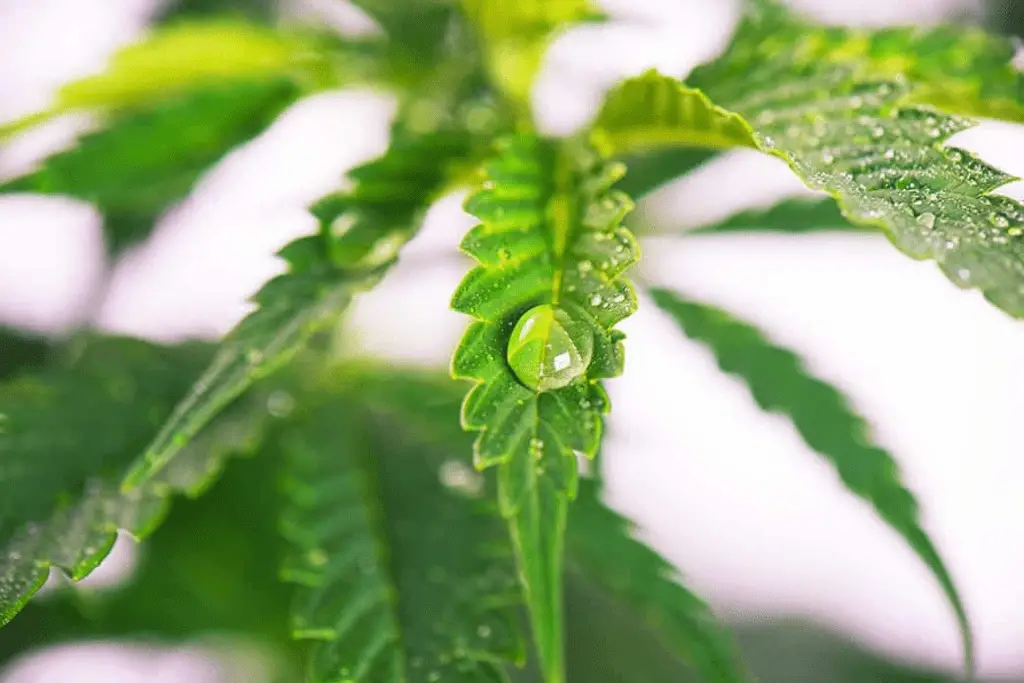
To achieve optimal plant health and growth, it is crucial to monitor and adjust environmental conditions to maintain a balanced VPD. This can be achieved by controlling temperature and humidity levels in the plant’s growing environment. By striking the right balance and ensuring an optimal VPD range, we can maximize plant performance, enhance nutrient uptake, promote photosynthesis, and support overall plant health.
Determining the Ideal VPD Range for Different Types of Plants
Determining the ideal vapor pressure deficit (VPD) range for different types of plants is crucial for promoting optimal growth and health. VPD, which measures the difference between the amount of moisture in the air and the saturation point, directly affects plant transpiration rates. Each plant species has specific VPD requirements that must be met to ensure their physiological processes function optimally.
To determine the ideal VPD range for a particular plant, it is essential to refer to scientific research and expert advice. Factors such as plant species, growth stage, and environmental conditions all play a significant role. While general guidelines can help, it is recommended to consult reliable sources or conduct experiments to obtain accurate data for specific plants.
For example, research has shown that leafy greens like lettuce typically thrive in VPD ranges between 0.4 to 0.8 kilopascals (kPa), whereas fruiting plants like tomatoes may prefer slightly higher ranges around 0.8 to 1.2 kPa. The differences in ideal VPD ranges reflect the varying water needs and transpiration rates of different plant types.
By understanding and determining the ideal VPD range for different types of plants, gardeners and growers can effectively optimize environmental conditions to promote healthier and more productive crops. With this knowledge, they can fine-tune factors such as temperature and humidity to create an optimal VPD range that meets the specific needs of their plants. A careful balance of these factors ensures that plants can uptake water and nutrients efficiently while minimizing stress and potential issues caused by imbalances in VPD.
Utilizing a VPD Chart to Monitor and Adjust Environmental Conditions
When it comes to optimizing plant health and growth, it is essential to closely monitor and adjust the environmental conditions in which they are grown. One valuable tool for achieving this is a Vapor Pressure Deficit (VPD) chart. A VPD chart visually represents the relationship between temperature, humidity, and the VPD value, which is the difference between the amount of moisture the air can hold and the amount it currently holds.
By referring to a VPD chart, gardeners and growers can easily determine the ideal VPD range for different types of plants. This range is crucial because it directly influences plant transpiration and overall plant performance. By maintaining the optimal VPD level, plants can efficiently uptake water and nutrients, resulting in healthier and more productive growth.
Using the VPD chart, growers can adjust temperature and humidity levels accordingly to achieve the desired VPD range. For instance, if the VPD value is too low, indicating that the air is saturated with moisture, increasing the temperature or reducing humidity can help raise the VPD and enhance transpiration. Similarly, if the VPD value is too high, indicating dry air, adjusting the humidity or decreasing the temperature can bring the VPD within the optimal range.
| Environmental Factor | VPD Range | Monitoring and Adjustment |
|---|---|---|
| Temperature | Ideal: 25-28°C (77-82°F) | Use temperature sensors to measure and maintain the range. |
| Humidity | Ideal: 0.8-1.2 kPa | Measure humidity levels with hygrometers and adjust as needed. |
| Vapor Pressure Deficit | Ideal: 0.8-1.6 kPa | Calculate VPD using temperature and humidity readings. Adjust environmental conditions to fall within the optimal VPD range. |
| Light Intensity | Dependent on plant species | Ensure appropriate light levels using light meters. Adjust lighting setup or duration if needed. |
| CO2 Concentration | Ideal: 400-800 ppm | Monitor CO2 levels with a CO2 meter. Adjust ventilation or CO2 supplementation accordingly. |
| Air Circulation | Gentle, uniform airflow | Use fans to ensure proper air circulation without causing stress to plants. Adjust fan speed or placement as necessary. |
| Nutrient Levels | Balanced nutrient solution | Regularly test and adjust nutrient levels in the growing medium or hydroponic system. |
| pH Level | Ideal: 5.5-6.5 | Monitor pH levels and adjust using pH meters or by adding pH-adjusting solutions. |
| Disease Prevention | Clean, sanitized environment | Regularly inspect plants for signs of disease. Implement preventive measures like maintaining cleanliness and using appropriate treatments. |
By regularly monitoring and fine-tuning VPD levels using a VPD chart, gardeners can enhance plant yield and quality. It allows for precise control of environmental conditions, ensuring that plants receive the right balance of moisture and temperature. By aligning the VPD with the specific needs of each plant species, growers can maximize their plants’ potential and achieve optimal growth.
In the next section, we will explore the common issues caused by high or low VPD levels and discuss best practices for maintaining optimal VPD in both indoor and outdoor growing environments. Stay tuned to learn how to overcome challenges and create the best possible conditions for your plants’ success.
Interpreting VPD Chart Data for Plant Health Assessment
When interpreting VPD chart data for plant health assessment, it is crucial to understand the relationship between VPD levels and the specific needs of different types of plants. VPD, or vapor pressure deficit, is a measure of the atmospheric demand for water by plants. By evaluating the VPD values on the chart, gardeners can determine whether the current environmental conditions are optimal for plant growth and make necessary adjustments.
One key aspect to consider when interpreting VPD chart data is the ideal VPD range for different types of plants. Each plant has its own preferred VPD range, which is determined by factors such as species, growth stage, and environmental conditions. By referring to the VPD chart, gardeners can identify whether the current VPD level falls within the ideal range for their specific plants. If the VPD level is too high or too low, it can adversely affect plant health, leading to issues such as reduced transpiration, stunted growth, or increased susceptibility to pests and diseases.
• The VPD chart provides a visual representation of the relationship between VPD levels and plant health.
• Gardeners can use the VPD chart to determine whether the current environmental conditions are suitable for optimal plant growth.
• Each type of plant has its own preferred VPD range, which is influenced by factors such as species, growth stage, and environmental conditions.
• If the VPD level falls outside of the ideal range for a specific plant, it can have negative effects on its health and development.
• High VPD levels can lead to reduced transpiration and water stress in plants, while low VPD levels can result in stunted growth and increased susceptibility to pests and diseases.
Adjusting Temperature and Humidity to Achieve Optimal VPD Levels
Adjusting temperature and humidity in your growing environment is crucial for achieving optimal Vapor Pressure Deficit (VPD) levels. VPD plays a significant role in plant health and growth, so it’s essential to create the right conditions to maximize their potential.
When it comes to temperature, maintaining the ideal range allows for efficient transpiration and nutrient uptake by the roots. Different plants thrive in different temperature ranges, so it’s important to consider the specific requirements of the plants you are growing. Generally, most plants prefer temperatures between 60°F to 75°F (15°C to 24°C) during the day and slightly cooler temperatures during the night. However, it’s essential to research the optimal temperature range for the specific plants you are cultivating.
Humidity is another crucial factor to consider when adjusting VPD levels. The amount of moisture in the air affects the rate of transpiration in plants. High humidity levels can lead to reduced transpiration, increasing the risk of fungal diseases and inhibiting nutrient absorption. On the other hand, low humidity can result in excessive water loss through transpiration, leading to stunted growth and stress. It’s important to strike a balance; most plants thrive in humidity levels between 40% to 60%, but certain plants may have unique requirements.
By carefully monitoring and adjusting both temperature and humidity, you can create an optimal VPD range that encourages healthy plant growth and maximizes their potential. Keep in mind that different stages of plant development may require slight variations in temperature and humidity, so it’s vital to tailor your adjustments accordingly. With a meticulous approach to adjusting and fine-tuning these environmental factors, you can pave the way for thriving, vibrant plants in your garden or hydroponic system.
Strategies for Controlling VPD to Maximize Plant Performance
Controlling vapor pressure deficit (VPD) is crucial for maximizing plant performance and achieving optimal growth conditions. There are several effective strategies that can be employed to control VPD and create an ideal environment for plant cultivation.
Firstly, adjusting temperature and humidity levels is essential in regulating VPD. Higher temperatures can lead to an increase in VPD, as warmer air has a greater capacity to hold moisture. By utilizing temperature control systems such as fans, ventilation, or air conditioning, gardeners can manage the temperature within the growing space and minimize the VPD fluctuations.
Similarly, humidity control plays a pivotal role in managing VPD. Higher humidity levels can result in a decrease in VPD, as moisture content in the air increases. Using dehumidifiers or humidity controllers can help maintain stable humidity levels and prevent excessive moisture buildup, ensuring that plants have an optimal VPD for transpiration and nutrient uptake.
In addition to temperature and humidity adjustments, proper irrigation practices are also important for VPD control. Overwatering can increase humidity levels and reduce VPD, leading to diminished plant performance and the risk of pathogen growth. Conversely, underwatering can result in low humidity and high VPD, causing stress and dehydration for plants. Striking a balance by providing the right amount of water at the right time is critical for maintaining an optimal VPD range.
Controlling VPD is a fundamental aspect of plant cultivation, as it directly impacts transpiration rates, nutrient uptake, and overall plant health and growth. By employing strategies that focus on temperature and humidity control, as well as implementing appropriate irrigation practices, gardeners can create an environment with an ideal VPD, maximizing plant performance and ensuring the best possible outcomes for their gardening endeavors.
Common Issues Caused by High or Low VPD Levels
High or low vapor pressure deficit (VPD) levels can lead to a range of issues in plant growth and development. When VPD is too high, plants can experience excessive transpiration, which can result in wilting, dehydration, and reduced nutrient uptake. Furthermore, high VPD levels can increase the risk of disease and pest infestation, as stressed plants are more vulnerable to attack. Additionally, excessive transpiration can lead to nutrient imbalances, as water is lost faster than nutrients can be absorbed by the roots.
On the other hand, when VPD is too low, plants may struggle with reduced transpiration rates and limited nutrient uptake. This can lead to stunted growth, poor yield, and smaller fruits or flowers. Low VPD levels can also create a favorable environment for fungal diseases, as moisture levels remain high and ventilation is insufficient.
Maintaining an optimal VPD range is crucial for maximizing plant performance and ensuring healthy growth. By addressing issues related to high or low VPD levels, gardeners and growers can promote balanced transpiration rates, efficient nutrient uptake, and overall plant well-being.
Best Practices for Maintaining Optimal VPD in Indoor and Outdoor Growing Environments
Maintaining optimal vapor pressure deficit (VPD) is crucial for ensuring the health and productivity of plants in both indoor and outdoor growing environments. To achieve this, there are several best practices that gardeners and growers can follow.
Firstly, it is vital to monitor and control the temperature and humidity levels within the growing area. Temperature plays a significant role in determining VPD, as higher temperatures increase the rate of evaporation and transpiration in plants. By keeping the temperature within the ideal range for the specific plant species being cultivated, growers can ensure that the VPD remains within the optimal levels.
Similarly, humidity levels should also be managed effectively. High humidity can lower the VPD, impeding the plant’s ability to transpire and potentially leading to stagnant growth. On the other hand, excessively low humidity can result in excessive transpiration and water stress. It is essential to strike a balance by adjusting the humidity levels to maintain an optimal VPD range suitable for the plant’s growth stage.
By simultaneously controlling both temperature and humidity, gardeners can create a favorable environment that optimizes VPD and promotes healthy plant growth. This can be achieved through the use of climate control systems, such as heaters, air conditioners, humidifiers, and dehumidifiers, which can help maintain consistent environmental conditions.
In the next section, we will explore common issues caused by high or low VPD levels and strategies for fine-tuning environmental factors to maximize plant performance.
Monitoring and Fine-Tuning VPD to Enhance Plant Yield and Quality
To optimize plant yield and quality, it is essential to monitor and fine-tune Vapor Pressure Deficit (VPD) levels. VPD is a key indicator of the plant’s overall health and transpiration efficiency, making it a crucial factor in maximizing growth potential. By understanding and managing VPD, gardeners can create an environment that meets the specific needs of their plants, leading to improved productivity and quality.
Monitoring VPD involves regularly measuring temperature and humidity levels within the growing environment. By using a VPD chart, gardeners can determine the ideal VPD range for their specific plant species. This chart provides a guideline for adjusting temperature and humidity levels accordingly, ensuring that VPD remains within the optimal range. Fine-tuning VPD involves making adjustments to the growing environment as necessary, such as adjusting fans or misting systems to control humidity or using heaters or cooling systems to regulate temperature. By fine-tuning VPD, gardeners can create a stable and optimal growing environment, which promotes healthy transpiration rates and ultimately enhances plant yield and quality.
By carefully monitoring and fine-tuning VPD, gardeners can achieve significant improvements in plant yield and quality. Understanding the relationship between temperature, humidity, and VPD is crucial for ensuring that plants receive the ideal growing conditions. By providing plants with the optimal VPD range, gardeners can enhance transpiration efficiency, nutrient uptake, and overall plant health. This attention to VPD allows for the adjustment of the growing environment to suit the specific needs of different plant species, leading to more successful cultivation and higher-quality yields.
What is VPD and why is it important for plant growth?
VPD stands for Vapor Pressure Deficit, which is the difference between the amount of moisture in the air and the maximum amount of moisture the air can hold. It is important for plant growth because it affects transpiration, the process by which plants take in water and nutrients through their roots and release water vapor through their leaves.
How does VPD impact plant transpiration?
VPD directly affects plant transpiration by influencing the rate at which water vapor can evaporate from the plant’s leaves. When VPD is too high, plants can lose water too quickly, leading to dehydration and stress. On the other hand, when VPD is too low, transpiration rates decrease, potentially affecting nutrient uptake and overall plant health.
How can I determine the ideal VPD range for different types of plants?
The ideal VPD range varies depending on the specific needs of different types of plants. It is typically recommended to consult VPD charts specific to your plant species or consult with experts in the field. These resources can provide guidance on the ideal VPD range for optimal plant growth and health.
How can I use a VPD chart to monitor and adjust environmental conditions?
A VPD chart can be a valuable tool for monitoring and adjusting environmental conditions. By measuring the temperature and humidity in your growing environment and referring to the VPD chart, you can determine the corresponding VPD value. This allows you to assess whether the current conditions are within the ideal range or if adjustments need to be made to achieve optimal VPD levels.
What are some common issues caused by high or low VPD levels?
High VPD levels can lead to excessive transpiration and water stress in plants, resulting in wilting, stunted growth, and reduced yield. Low VPD levels, on the other hand, can hinder nutrient uptake and overall plant health, leading to nutrient deficiencies, slow growth, and increased susceptibility to diseases.
Are there any best practices for maintaining optimal VPD in indoor and outdoor growing environments?
Yes, there are several best practices for maintaining optimal VPD. These include regularly monitoring temperature and humidity levels, adjusting ventilation and airflow to control humidity, using supplemental lighting to adjust temperature, and implementing proper irrigation techniques to ensure adequate moisture levels for the plants.
How should I fine-tune VPD to enhance plant yield and quality?
To fine-tune VPD, it is essential to monitor environmental conditions closely and make adjustments accordingly. This may involve modifying temperature and humidity levels, optimizing airflow and ventilation, and implementing irrigation strategies that provide the right amount of moisture to meet plant needs. Regular monitoring and adjustments can help enhance plant yield and quality.

Pallavi Gupta is a burgeoning writer at SouthElMonteHydroponics, blending her passion for data analysis with a keen interest in biotechnology. Currently pursuing a Bachelor’s in Biotechnology at Amity University, Pallavi delves into the intricacies of life sciences while gaining hands-on experience in the exciting world of data analysis. Her unique background provides a fresh perspective on hydroponic farming, as she explores the intersection of biotechnology and sustainable agriculture. Through her writing, Pallavi aims to bridge the gap between data-driven insights and innovative farming practices, inspiring others to harness technology for a greener future.



